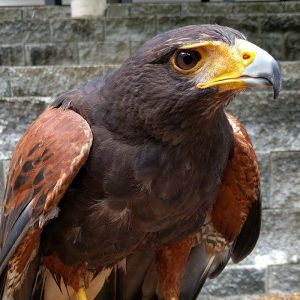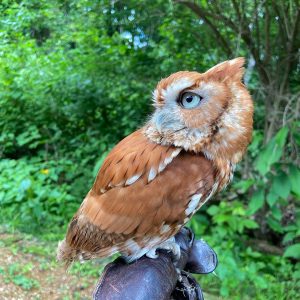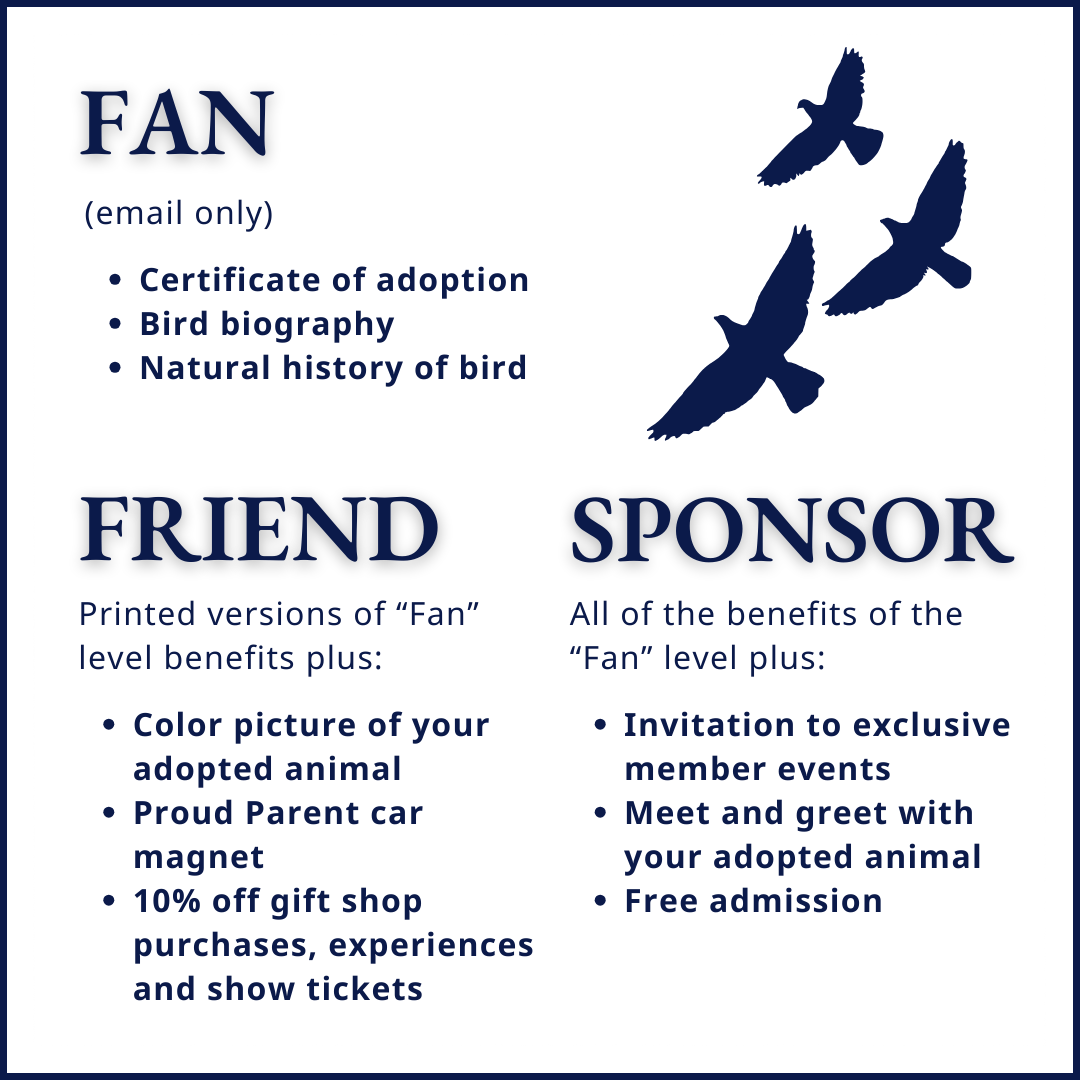American Kestrel – Ace
Ace came to World Bird Sanctuary from the Ojai Raptor Center in California, where he was confiscated from a woman who had taken him from the nest as a chick in order to raise him as a pet (an illegal action). Since Ace was reared by humans he became severely imprinted on humans, and several Naturalists speculate he has no idea he is actually a bird at all. Which is impressive, considering his phenomenal flying skills!
$29.00 – $129.00
Description
HATCH YEAR: 2016
FUN FACTS ABOUT ACE
- As one of our lure flying falcons in the summer, Ace has mastered some impressive aerial acrobatics and even learned to hover on command. In cards, the Ace of Spades is often viewed as a wild card and our Ace of Falcons lives up to that reputation. Wickedly smart, any trainer working on him with lures will tell you that you’re never entirely sure what you’ll get when he is released. He could hover, he could make spectacular lure passes, or he could try to trick the trainer into dropping the lure or steal a reward without any of the hard work!
While being one of our smallest birds Ace has a huge personality, loud voice, and his clever antics will quickly have him soaring into the hearts of nearly all who meet him.
SPECIES FACTS
Scientific Name:
- Falco sparverius. Latin meaning “sparrow-like falcon.”
Distribution:
- North and South America, West Indies, Juan Fernandez Islands, and Chile.
Habitat:
- Open country, deserts, urban areas, farms, and wood edges.
Diet:
- Small mammals, mice, insects, small birds, and reptiles.
Behavior:
- Kestrels have the ability to hover or “kite” in the air by flapping their wings rapidly.
- They can also control their head movement separate from their body’s, which makes tracking prey, especially perched on a branch in windy conditions, extremely helpful.
- Frequently bobs tail while sitting on telephone wires.
- Don’t build nests. Will use tree cavities, old magpie nests, or nest boxes when available. Clutches of eggs are typically 3-7 and are buffy-pink to grayish-white in coloration. Pairs of kestrels are monogamous, meaning they mate for life.
Identification:
- Male kestrels can be identified by blue coloration on crown of head and inside edges of wings.
- Females do not have blue and are mostly rusty brown.
- Have double black stripes under their eyes resembling a mustache.
- Long tail and long pointed wing tips.
Additional information
| Adoption Level | Fan, Friend, Sponsor |
|---|
Related products
-

Harris’s Hawk – Blue
$29.00 – $129.00 Select options This product has multiple variants. The options may be chosen on the product page -

Eastern Screech Owl – Bruno
$29.00 – $129.00 Select options This product has multiple variants. The options may be chosen on the product page




